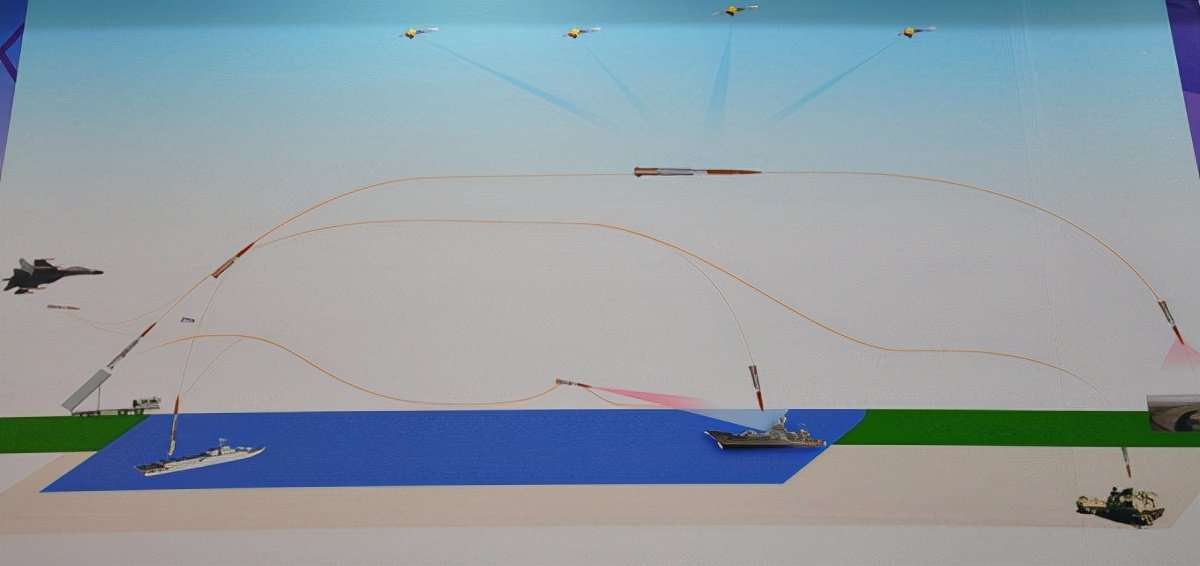By what definition is this is a small and light missile? It has a launch weight of 2,200 kg! That's YJ-18 territory, or just a bit less than YJ-12. Quite a feat for a 12t MTOW aircraft like JF-17 to take off with one of these "small size" cruise missiles and have enough range to do something useful with it. Give us a source for your highly suspect claims or please stop polluting this thread with disinformation.
I'll remind you that the launch weight of 2200kg refers to the vehicle-launched variant, which includes a booster. There are two other variants: one air-launched and one ship-launched. The air-launched variant has no booster and weighs 1200kg. It can be released from altitudes of 7000m to 12000m at speeds of 0.8ma to 0.95ma.
I'm surprised you didn't know this. Despite your obvious lack of research, and despite the
provided by HDBP Ltd. clearly showing that it's air-launch capable, you amateurishly claim that launching the missile from JF-17 represents some kind of nay impossible feat. I'll also remind you that JF-17 can carry more than 3500kg of payload, which is well north of 1200kg.
Or did you perhaps
misjudge the missile's size and weight from the CG graphic, despite your
experience with CGI renderers? Tisk, tisk, how amateurish of you.

Please do some basic research before you sprinkle saliva on a subject that you know precious little about. It'll save all of us a lot of time and make this forum a much better place.
P.S. The third image is from the
, which sent attachés to the 2018 Zhuhai Airshow. Is that a good enough source for you, amateur?



